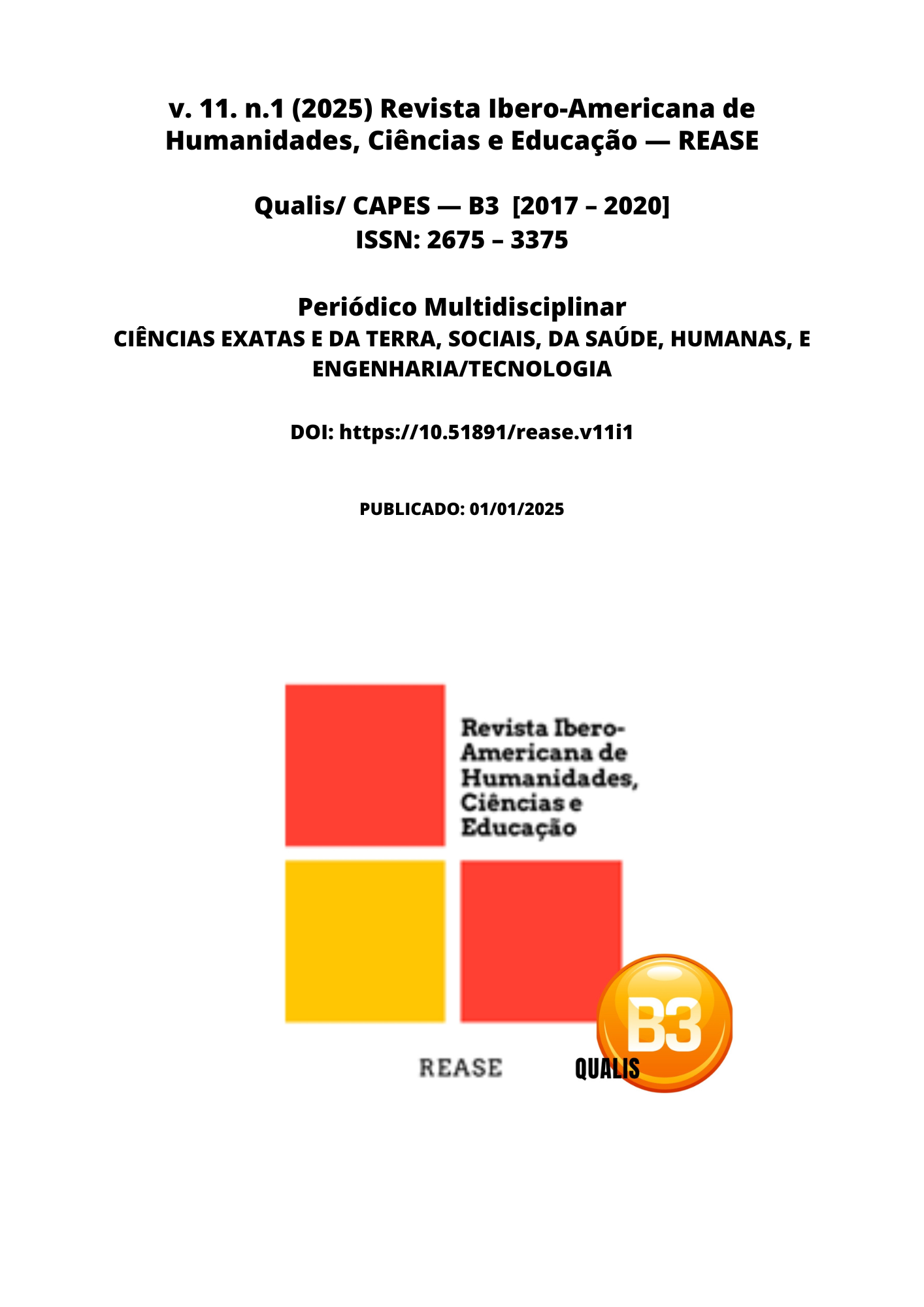APPLICATION OF STATISTICS IN THE REGULATION OF CRIMES INVOLVING ARTIFICIAL INTELLIGENCE AGAINST HUMANITY
DOI:
https://doi.org/10.51891/rease.v11i1.17984Keywords:
Statistical Modeling. Data Security. Data Risks.Abstract
The text addresses the use of statistical methods in regulating crimes perpetrated by artificial intelligence systems against human beings. The intention is to investigate how these approaches can contribute to the development of standards that help identify, analyze, and reduce technology-related offenses, ensuring justice and the protection of affected individuals. The research uses a mixed methodology, combining both quantitative and qualitative data analysis. Legal documents and incidents involving cutting-edge technology were examined. Techniques such as multiple linear regression, time series, control charts, and hypothesis testing were applied to recognize patterns of behavior of such systems in situations that resulted in harm to individuals. In addition, experts in the areas of technology, law, and ethics were involved to contextually enrich the quantitative data collected. The findings indicate that statistics plays a crucial role in standardization, helping to identify recurring harmful behaviors of systems. Among the patterns found, errors in algorithms, biases present in information, and lack of human supervision at critical moments stand out. Statistical methods make it possible to assess the likelihood of failures, the potential impact of their operations, and the legal repercussions that may arise. The use of statistical techniques offers a promising opportunity for developing effective regulations on technology-related crimes. By quantifying risks and suggesting data-driven solutions, it is possible to increase transparency, reduce harm, and encourage ethical use of technology. However, it is essential that data is treated in accordance with ethical and legal principles, ensuring that guidelines are clear and fair to all stakeholders.
Downloads
Downloads
Published
How to Cite
Issue
Section
Categories
License
Atribuição CC BY

